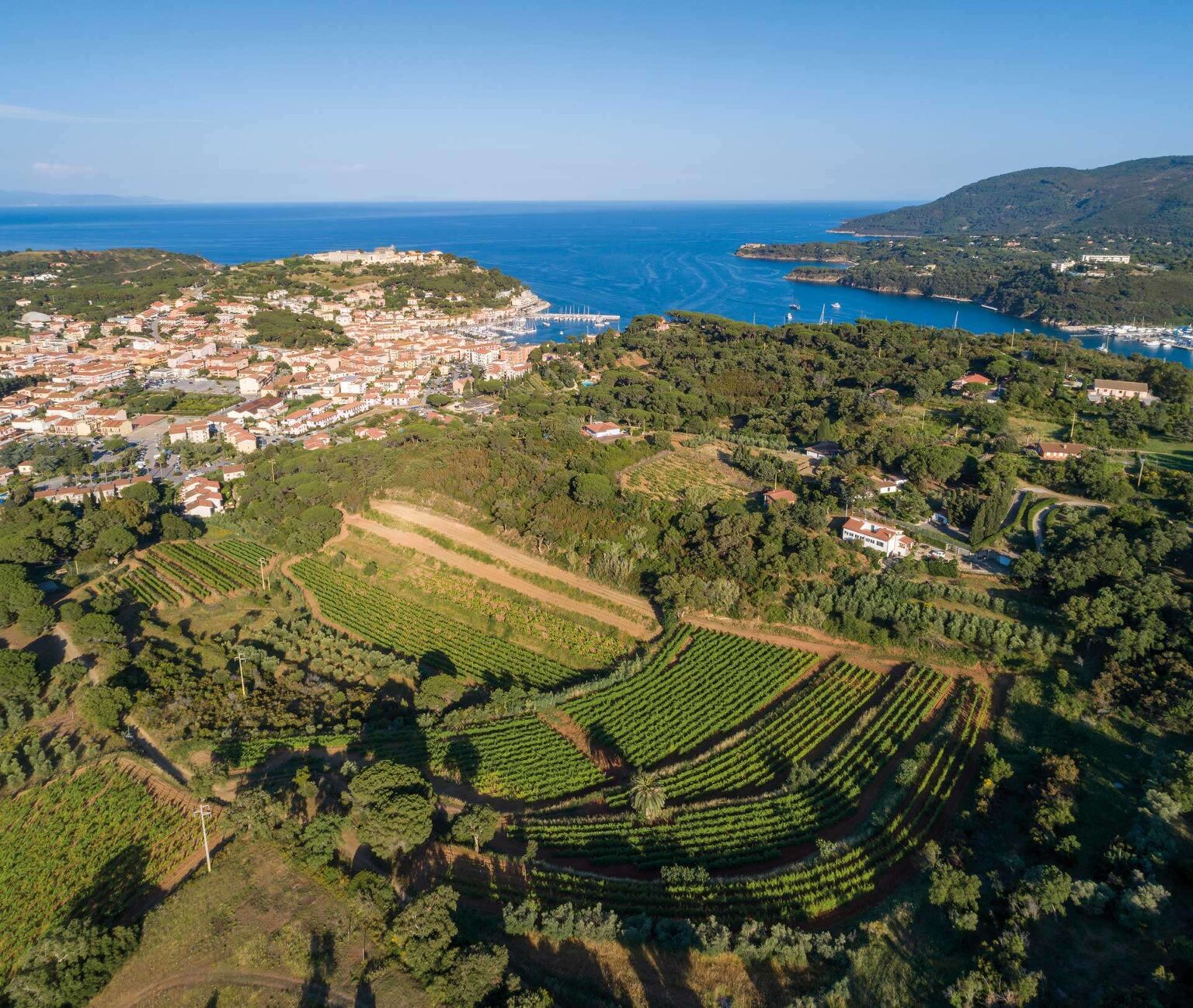With Nesos and Abissi, the depths of the sea are transformed into a cellar
by Marcella Pace
The common denominator of the two experiments is a farsighted look of two winemakers towards the past, a return to almost legendary traditions, with the desire to create a unique and brand new product. Nesos, the marine wine was born in the waters of the Island of Elba, in Tuscany from the stubbornness of the producer Antonio Arrighi , owner of the “Arrighi Vigne e Olive” farm. Here the freshly picked grapes are immersed in the waters of the Tyrrhenian Sea, and remain there for a few days to then return to land and begin the vinification. For the submerged sparkling wine, Abissi, on the other hand, the classic method bottles of the “Bisson” company of Pierluigi Lugano , pioneer of aging in the sea, descend into the depths of the Ligurian sea of the Baia del Silenzio in Sestri Levante .
Abissi, the submerged sparkling wine by Pierluigi Lugano
The relationship with Pierluigi Lugano’s wine is visceral. He entered the cellar when he was just five years old. With a past as a teacher of History of Art, Archeology and Design in high schools, in 1978 he created Bisson, his winery in Liguria. The study of origins that animated him in his first professional life also applied it in the second. The one in the wine world, giving life to Abissi, the first submerged sparkling wine ever produced in Italy that ages at the bottom of the sea.
“They were the first cellars and even then there was a search for a constant temperature, for the penumbra. By uncorking the amphorae found after centuries, however, they were dried up. In the Renaissance, with the invention of the first underwater respirators by Leonardo da Vinci, the first wrecks of the Roman era were found, in whose holds were placed wine amphorae.
When they were uncorked, the wine was there, perfectly preserved ”, explains the producer.
The studies in Lugano continue and the winemaker decides to refine the wine in the sea. “I thought that a sparkling wine, which in the field of wines is the most delicate and the most sensitive to oxygen, immersed in water, could improve organoleptically and visually, with the perlage taking on an incredible finesse , which under the aspect of elegance and quality “.
In the 90s Lugano began a long series of experiments that lasted for ten years, to identify the most suitable depth for temperature, pressure, but also the most suitable containers, to bring out an excellent wine. Abissi, the submerged sparkling wine.
The first realization dates back to 2008. Lugano immerses in the crystalline waters of the Ligurian Sea, the Bisson house sparkling wine produced with the classic method, (the first sparkling wine in all of Liguria), using three native Ligurian vines, the Genoese bianchetta, the vermentino and the cimixia. But there is also the Rosé version, based on cherry and granaccia.
The place chosen for the immersion of the Abyss is the Bay of Silence of Setri Levante. The bottles, after the second fermentation, closed with a classic crown cap, are placed in gabions of 550 bottles each, made with an anti-corrosion steel alloy. The depth is between 45 and 60 meters, with a constant temperature of 15 degrees, the absence of oxygen avoids exchanges and loss of pressure and gives longevity, the pressure is at 7 bar. And then the currents rock the bottles. “Here autolysis takes place in an environment where there is no oxygen and where the bottles develop the refinement process and are enriched with encrustations and elements that make them something unique”. On every single bottle, algae, sand, crustaceans, starfish are welded. All organisms that make them magical and fascinating. Once outside, they are wrapped in a transparent film, patented by Lugano, to protect an object that ends up on the table.
The bottles rest in the sea for two or three years, but there is a lot that is about to reach 10 years. The first dive involved 6,500 bottles, but today the numbers have risen to 30,000. “I chose to create a Pas Dosé, in the absence of residual sugars. It is a sparkling wine that enhances the characteristics given by the mineral salts of the territory – Lugano clarifies -. In the aftertaste-olfactory you can feel the iodine, and not because the bottles have been in contact with the sea for a period, but because they are vines grown in soils strongly influenced by the sea “.




